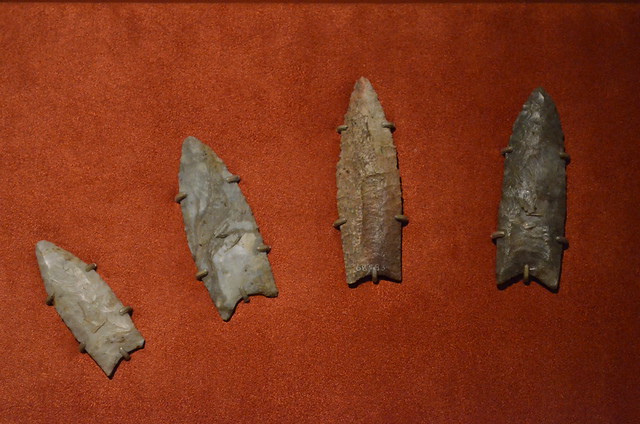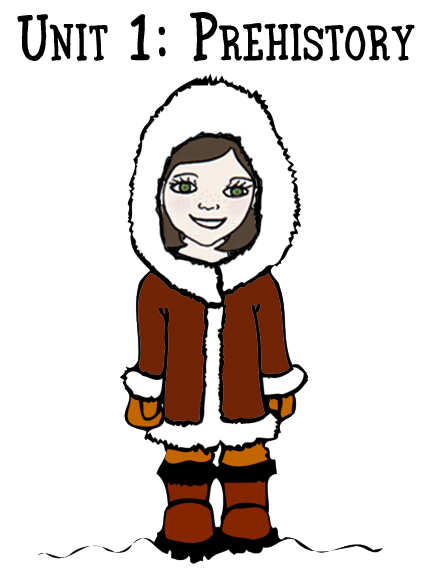Today we took a field trip to the Boston Museum of Science to visit the Mammoths & Mastodons exhibit, as part of our studies in Prehistory.
From a press release by the Boston Museum of Science:
BOSTON, October 3, 2012—On Sunday, October 7, 2012, at the New England premiere of Mammoths and Mastodons: Titans of the Ice Age at the Museum of Science, Boston visitors will be able to journey back 20,000 years when ice sheets covered large land masses and giant, woolly beasts roamed the frozen north. The 7,500-square-foot traveling exhibit brings to life how these colossal creatures lived and interacted with one another and with early humans.
On exhibit through January 13, 2013, Mammoths and Mastodons offers visitors the opportunity to examine full-scale replicas of massive, long-haired Ice Age mammals and stand face-to-face with skeletons of these great beasts that they can touch and examine up close. The exhibit features some of the oldest art in existence, huge skulls and tusks, weird and wonderful mammoth relatives, and mastodon bones collected by William Clark (of Lewis and Clark fame) for President Thomas Jefferson’s own collection.
Featured in the exhibit is a replica of Lyuba (pronounced Lee-OO-bah), a 40,000-year-old, intact baby mammoth specimen that a Siberian reindeer herder and two of his sons discovered in 2007. According to The Field Museum, who developed the exhibit, Lyuba is, by far, the bestpreserved specimen of her kind and provides researchers with rare insights into the lives and habits of her species. The exhibit includes not only a replica cast of Lyuba’s body, but also CT scans and other scientific evidence that confirm existing theories about her species, as well as new insights.
Mammoths and Mastodons illustrates how despite the creatures’ great size – weighing as much as eight tons with tusks up to 16 feet long – and their ability to adapt, these species still went extinct.






